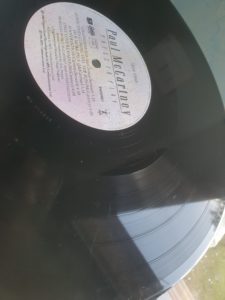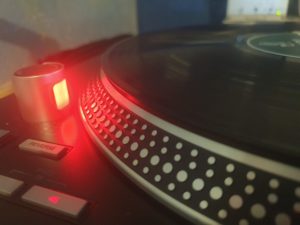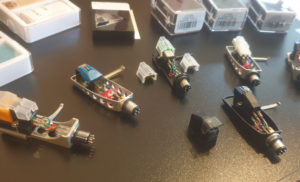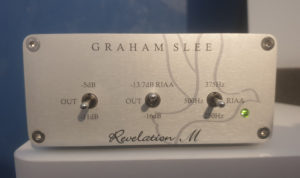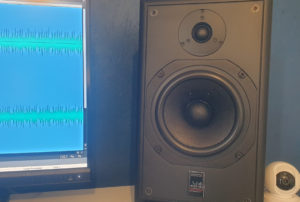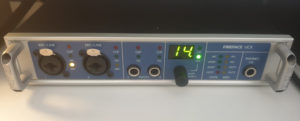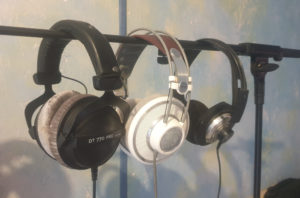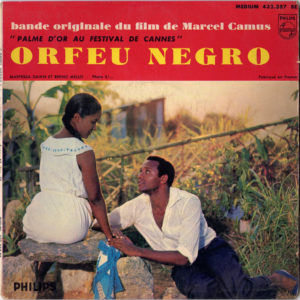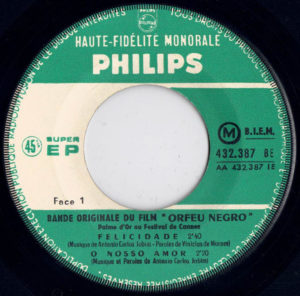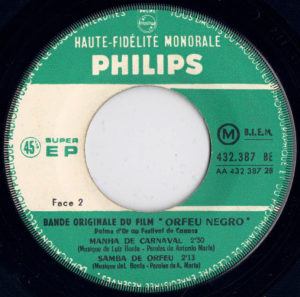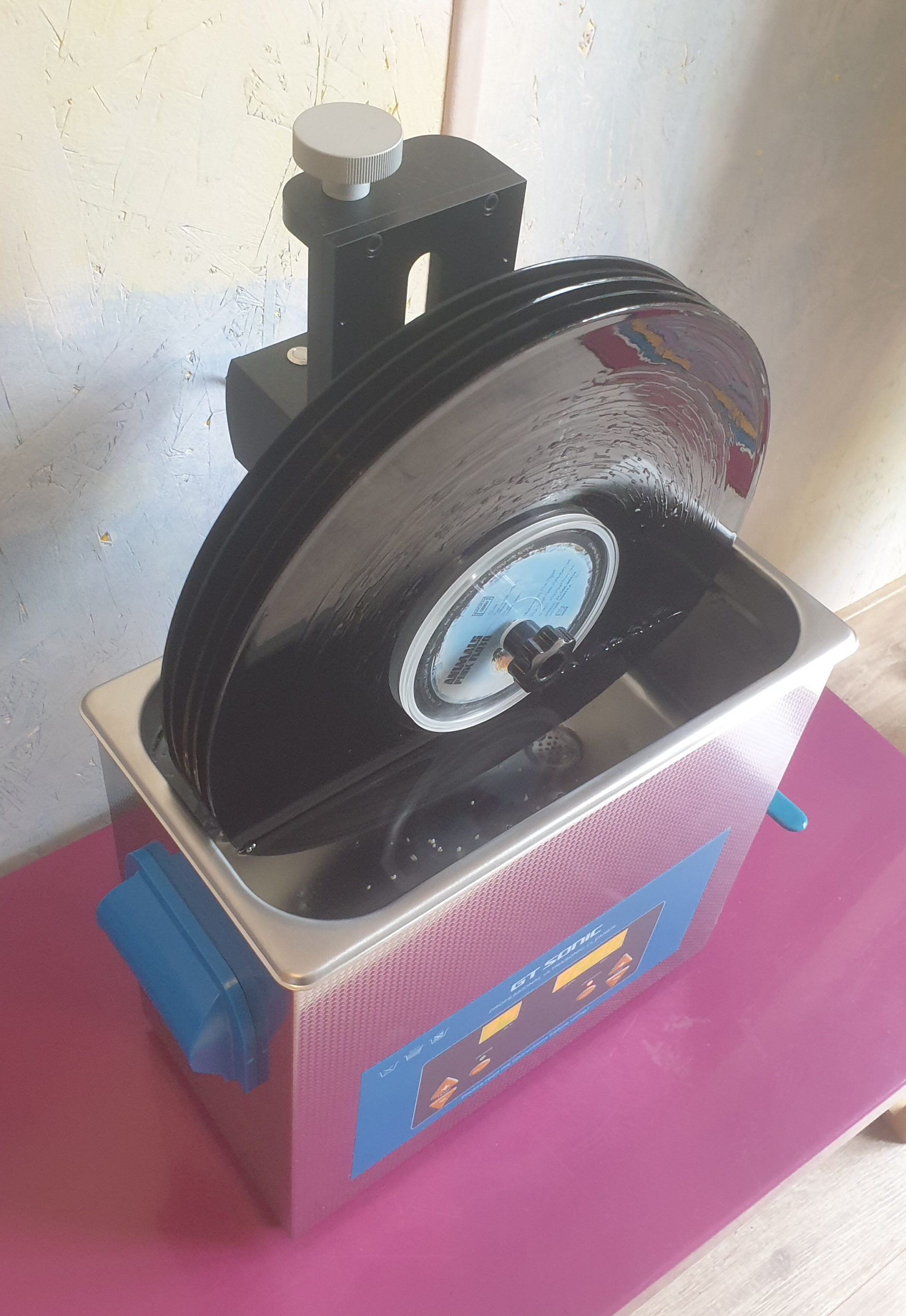
Cleaning
Every record is washed and dried before being put on the turntable. The cleaning method applied depends on the type and condition of each record. Vinyl microgroove records and some shellac records are cleaned in an ultrasonic bath of distilled water. Vulnerable 78rpm shellac records and some lacquer discs are cleaned with a wet brush and mild detergent. Brittle/delaminated/vulnerable lacquer discs are dry-cleaned, with a special micro-brushing technique.
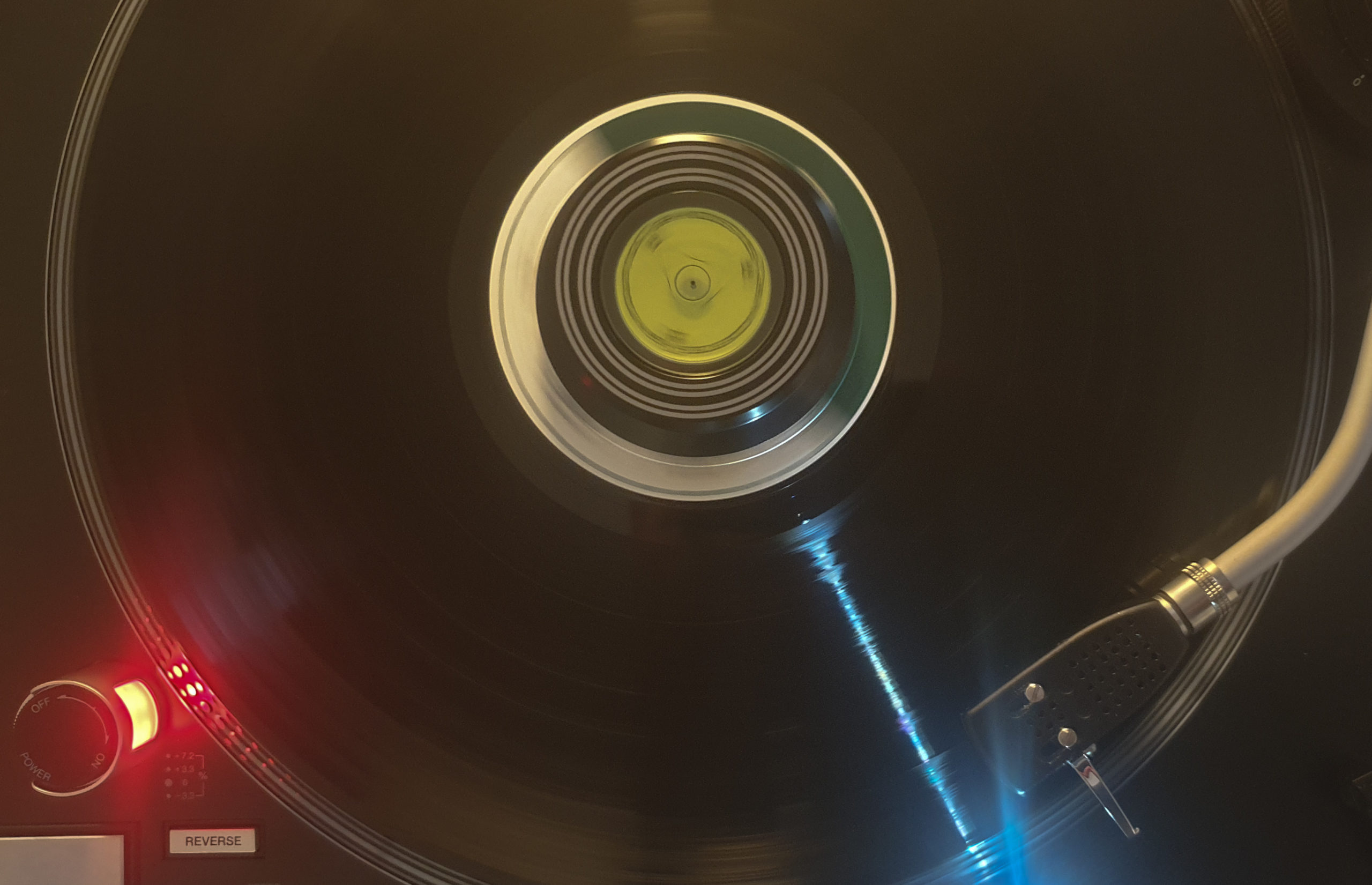
Audio digitization
Before digitization, a meticulous preliminary step takes place during which the right cartridge, stylus and weight (VTF) are hand-picked, to ensure the best rendition of the groove.
A wide selection of MM and MC cartridges is involved (Nagaoka, Ortofon, Audio-Technica, Sumiko, Stanton,...). MC cartridges are preamplified through step-up transformers. Our reference Graham Slee Revelation M phono preamplifier, RME AD/DA converters, the Samplitude software and English ATC speakers complete the set up.
In the case of 78rpm shellac records (and lacquer discs), the correct de-emphasis equalization curve is chosen by ear, as well as the right playback rotational speed, which very often is not 78rpm but rather 80rpm... or 90rpm... or any value in between.
Off-center and warped records are not rare, and we re-center them with a specially modified turntable. This prevents wow and flutter, which is a troublesome and sea sickness provoking cyclic speed variation.
Once all settings have been fine-tuned, the record is digitized at a 32bit / 192kHz ultra-HD definition, much higher than that of an audio CD. Critical listening takes place during the entire duration of the transfer, on headphones to prevent any risk of microphony inherent to the analog audio record format.
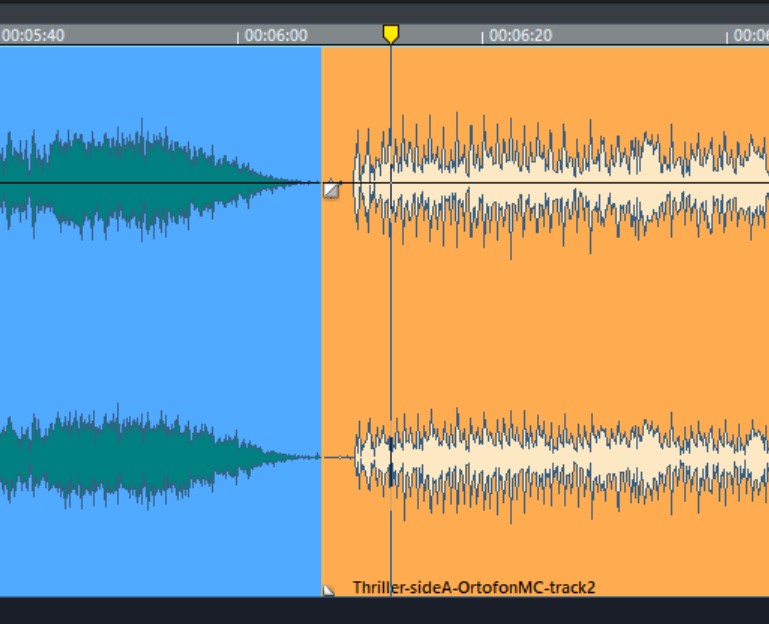
Editing & indexing
Editing the audio to create separate files for each track of the record allows for an easier access to the digitized musical content. Various export formats are available (HD, CD, or mp3).
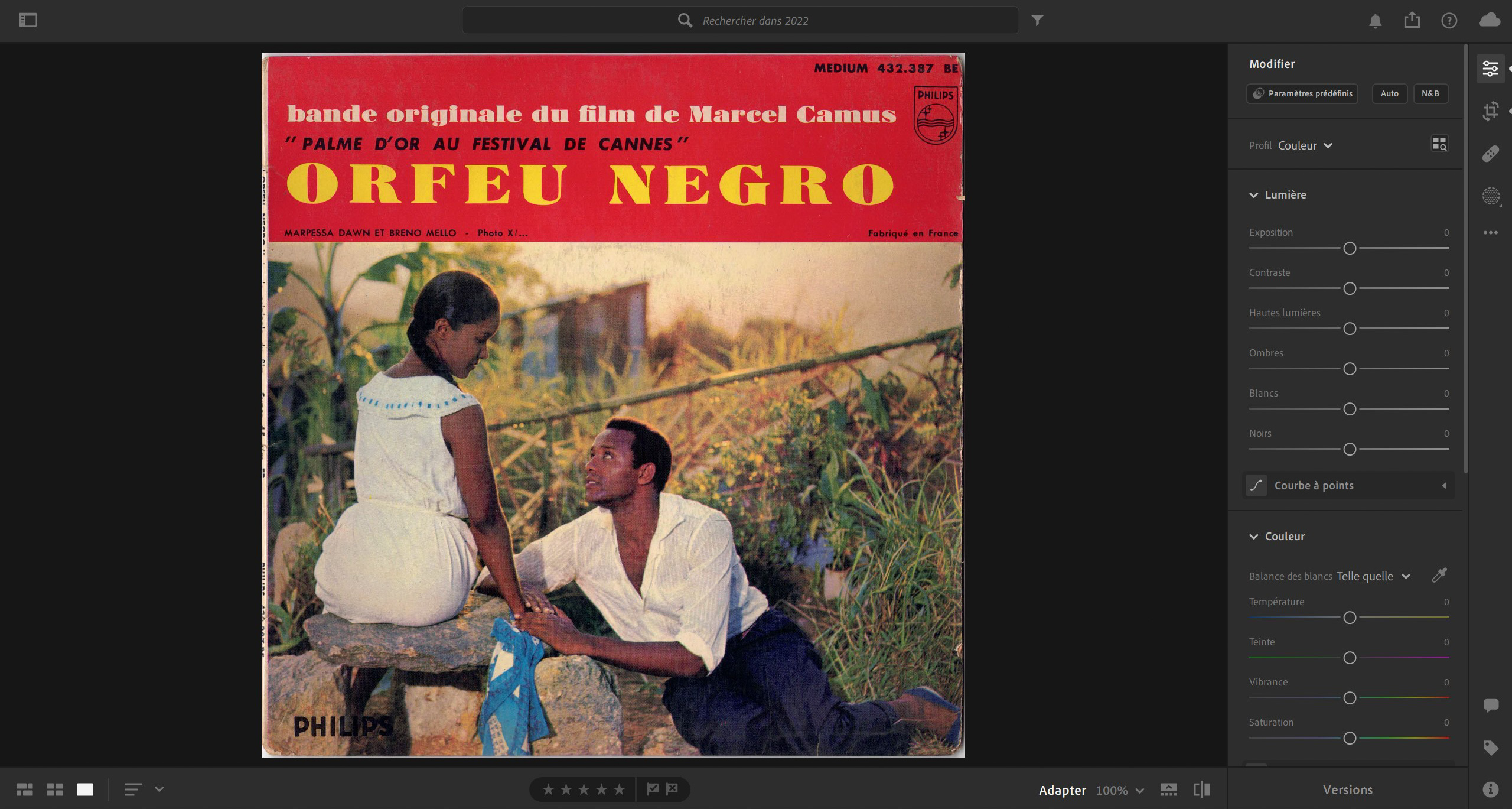
Visuals digitization
HD scans of the sleeves and center labels of the records can be delivered.
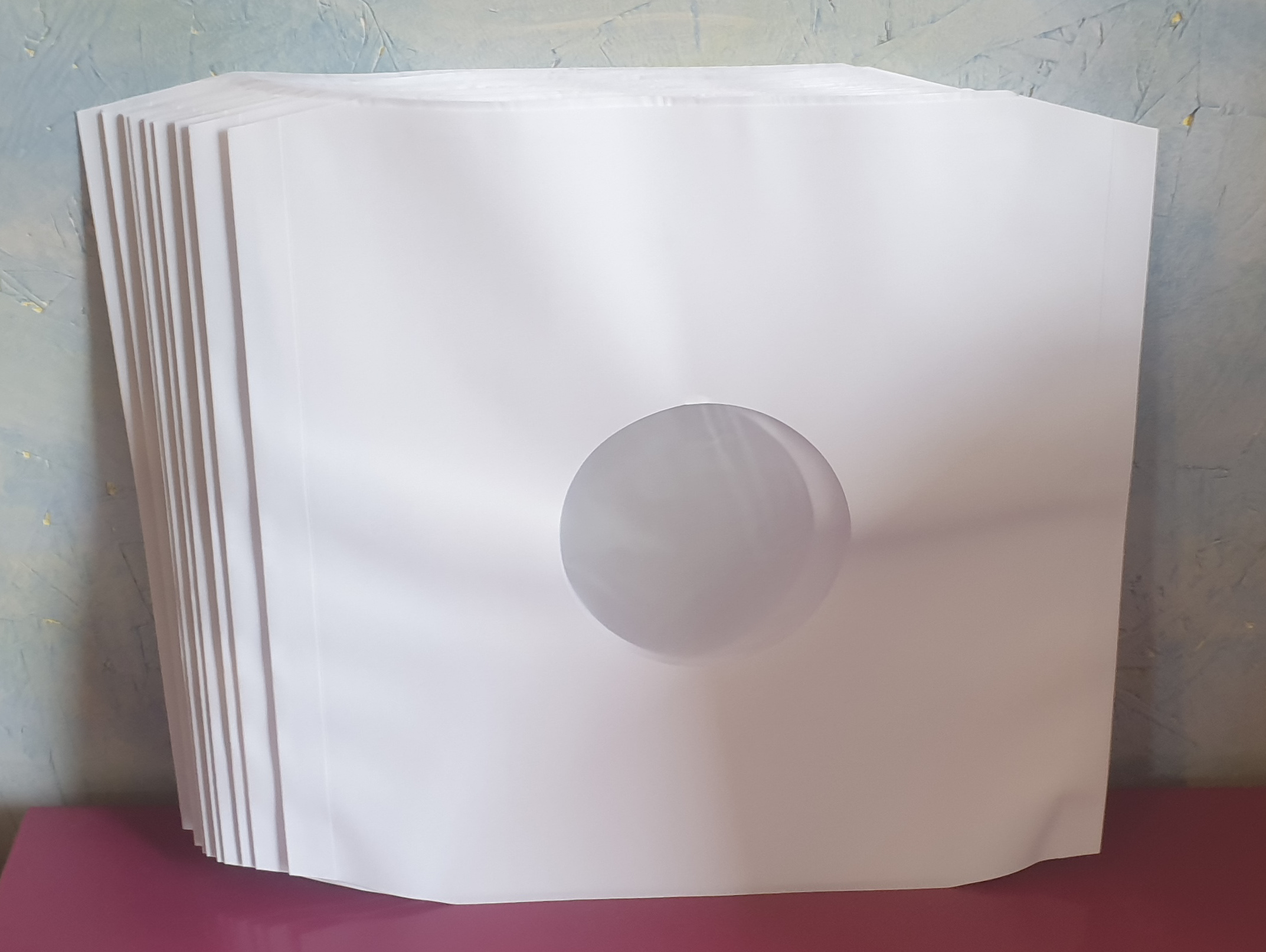
Reconditioning
We offer the replacement of inner antistatic sleeves and the addition of protective outer sleeves, sometimes necessary for the proper preservation of records.
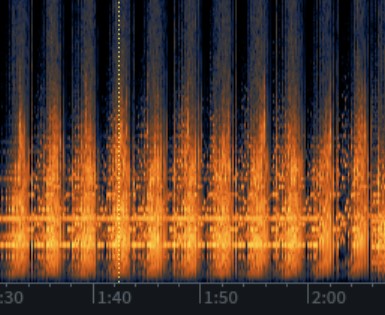
Audio restoration
Though it is true that part of the charm of analog records is due to their sound peculiarities, it is generally better to attenuate the clicks, crackle, surface noise and distortion when considering a reissue or when one wishes to present the music in its best possible light.
Audio restoration is a meticulous and complex craft requiring to take into account both the original context of a recording and the period for which it is restored. Our mastery of the History of the record format, our technical expertise and our knowledge of nowadays' sound requirements are the result of 15 years of relentless practice.
The most effective tools are used for the job : our ATC loudspeakers provide the highest level of audio precision available, and the quality of the digital processing is managed by the Steinberg Spectralayers and iZotope RX software, as well as numerous plugins that we have tested and approved during the restoration of thousands of records.
We offer three levels of digital audio restoration, depending on your needs :
- Automatic light cleaning.
- Semi-manual attenuation of the most disturbing sound flaws.
- Complete manual audiophile restoration.
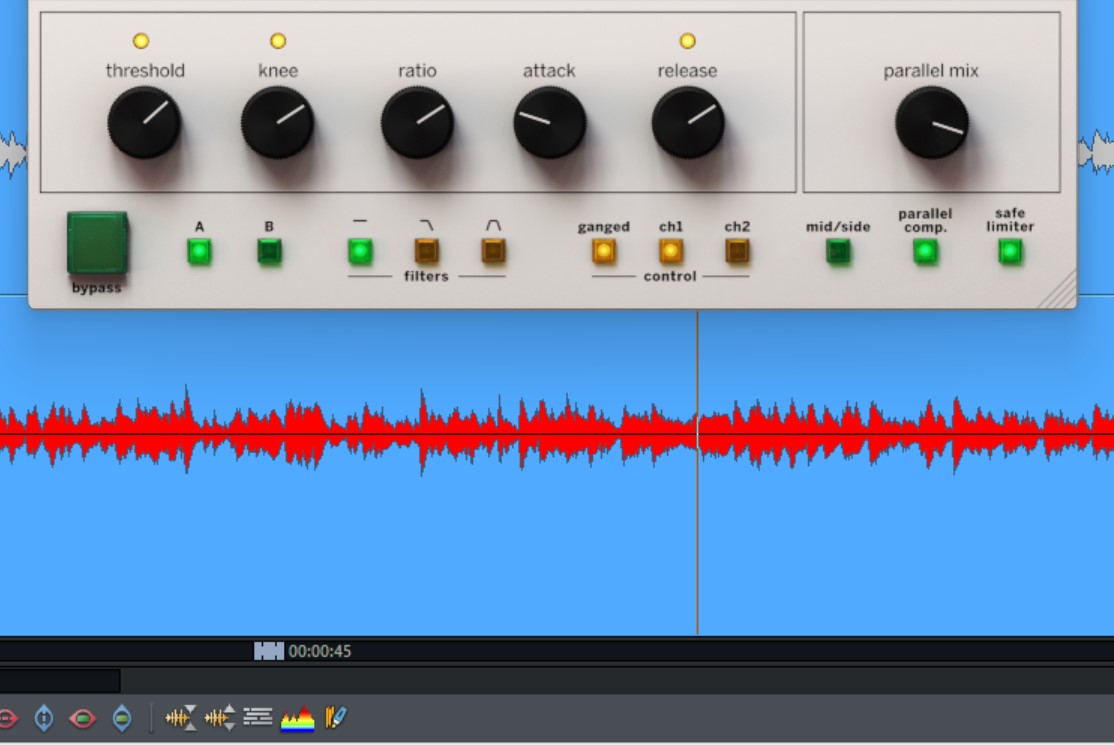
Remastering
A remastering is often necessary as the last step before reissuing or streaming a record.
The adjustments we make respect the dynamics and sound character of the original record. In contrast with the mastering methods of the "loudness war", which aim primarily at being louder than other "competing" record reissues, our approach lets the music itself guide the equalization and compression settings.
The best processing tools are used during the digital mastering : Samplitude software, equalizers and compressors by Weiss, Millennia and Acustica Audio Acqua.

